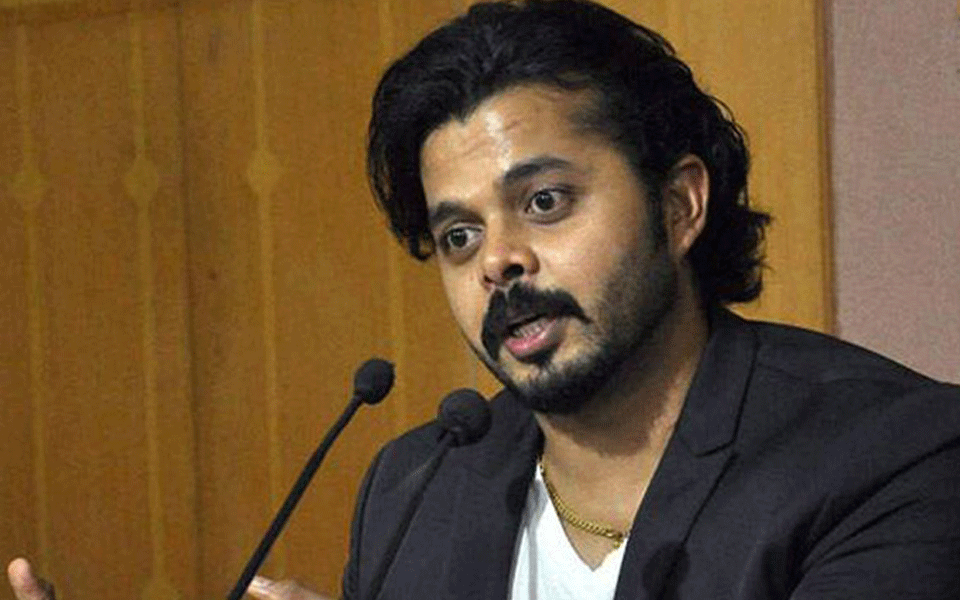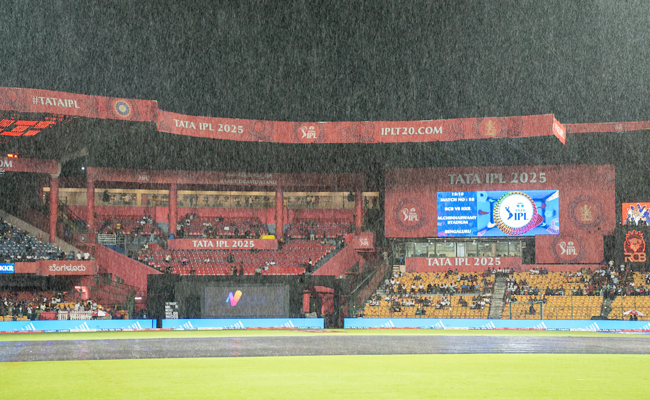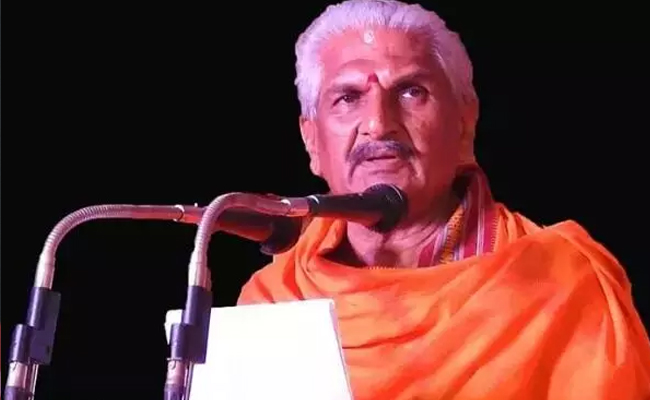New Delhi: India pacer S Sreesanth's ban for alleged spot-fixing came to an end on Sunday, concluding a seven-year punishment that was originally meant to be for life and was aggressively contested by the flamboyant bowler.
The 37-year-old has already made it clear that he intends to resume at least his domestic career at the end of the ban and his home state Kerala has promised to consider him if he manages to prove his fitness.
"I'm completely free of any charges nd anything nd now gonna represent the sport I love the most.will give my very best to every ball I ball even (if) it's just practice," he tweeted on Friday, a couple of days before the end of his suspension.
"Just have another 5 to 7 years max to give it all I've got nd I will give the very best to any team I play," he added.
However, with the Indian domestic season postponed at present due to the COVID-19 pandemic, it remains to be seen when exactly Sreesanth is able to make a comeback if Kerala decides to give him a chance.
The Indian domestic season starts in August but the pandemic has left the scheduling in complete disarray.
"...the BCCI is making all efforts to ensure that domestic cricket resumes as and when the conditions permit," BCCI President Sourav Ganguly wrote in a recent letter to presidents and secretaries of its affiliated member associations.
Sreesanth's life ban for alleged spot-fixing in the 2013 edition of the IPL was reduced to seven years by BCCI Ombudsman DK Jain last year.
Jain had observed that the cricketer is well past his prime having already served six years. The BCCI banned Sreesanth in August 2013 along with his Rajasthan Royals teammates Ajit Chandila and Ankeet Chavan.
But on March 15 last year, the Supreme Court set aside the BCCI disciplinary committee's order and asked the Board to reconsider the quantum of punishment.
"I will never ever cheat cricket even when iam playing a friendly match..I don't ball (bowl) easy ones or try to loose...so pls get that right with everyone..." Sreesanth posted recently.
Sreesanth played 27 Tests and 53 ODIs for India, taking 87 and 75 wickets respectively. He has also taken seven wickets in 10 T20 Internationals.
The temperamental pacer was also popular for his exuberant celebrations after taking wickets but his life and career went downhill after the spot-fixing scandal.
However, he maintained his innocence throughout the damaging controversy.
Let the Truth be known. If you read VB and like VB, please be a VB Supporter and Help us deliver the Truth to one and all.
Belagavi: The state cabinet under the Chairmanship of Chief Minister Siddaramaiah has reportedly given its nod to permit cricket matches at the M. Chinnaswamy Stadium in Bengaluru, subject to certain conditions.
The decision is learnt to have been taken after a meeting held at the Suvarna Vidhana Soudha here on Thursday.
Reports indicate that Home Minister Dr G. Parameshwara has been directed to formulate rules along with a referendum to hold a cricket match at the Chinnaswamy Stadium.
The cabinet’s approval comes subject to conditions, considering the report of Justice D’Cunha, which was prepared after the stampede.
The June 4 stampede during the celebrations for RCB’s maiden IPL title killed 11 people, which raised serious questions over the stadium's capability to host large-scale events.
Will RCB be playing at their home ground next year?
Stating that the “state had learned from the tragedy,” Karnataka Deputy Chief Minister DK Shivakumar on Monday, December 08, dismissed the talks about shifting Royal Challengers Bengaluru’s home games out of the city.
He also said that the Chinnaswamy Stadium is the “pride of Bengaluru and Karnataka” and vowed that IPL fixtures will continue to be played there.
On Wednesday, Shivakumar met the newly elected KSCA president Venkatesh Prasad at the Circuit House in Belagavi and reiterated that cricket matches, including IPL fixtures, will not be shifted out of Bengaluru.
“We have no intention of stopping matches at Chinnaswamy Stadium, but crowd control measures and the Michael D. Cunha committee’s recommendations will be implemented in phases,” he told reporters.
Shivakumar said the government is committed to promoting cricket and supporting fans while safeguarding the state’s reputation, adding that Prasad had sought the government’s cooperation and agreed to work jointly on the issue.





